#Ficus Burgundy
Explore tagged Tumblr posts
Text
Dracaena fragrans Massangeana low light care tips
Dracaena fragrans Massangeana, commonly known as the “Happy Plant” or “Corn Plant,” is a popular houseplant known for its lush green leaves with vibrant yellow stripes. One of the reasons it's so beloved is its adaptability, particularly its ability to thrive in low light conditions. However, to keep your Dracena fragrans massangeana happy plant healthy and vibrant in low light, there are specific care tips you should follow.
1. Choosing the Right Location
While Dracaena Massangeana can tolerate low light, it’s important to find the right spot in your home. Place the plant in an area where it can still receive some indirect light, such as a few feet away from a north-facing window or in a room with filtered light. Avoid placing it in complete darkness or areas with no natural light, as even low light-tolerant plants need some light to photosynthesize.
2. Adjusting Watering Practices
In low light conditions, Dracaena Massangeana’s growth will slow down, meaning it requires less water. Overwatering is a common issue with this plant in low light, as the soil takes longer to dry out. To prevent root rot, allow the top inch of soil to dry out before watering again. Use your finger to check the soil’s moisture level, and water only when necessary. It’s better to underwater than to overwater in low light situations.
3. Monitoring Leaf Health
In low light, you may notice that the leaves of your Dracaena Massangeana might become darker, and the vibrant yellow stripes may fade slightly. This is a normal response to reduced light, as the plant adjusts to its environment. However, if you see yellowing or browning leaves, it could be a sign of overwatering or stress. Prune any damaged leaves with clean scissors to keep the plant looking tidy and to promote new growth.
4. Fertilizing Sparingly
Dracaena Massangeana doesn’t need much fertilizer, especially in low light conditions. Feeding the plant too much can lead to a buildup of salts in the soil, which can damage the roots. Fertilize lightly once every 2-3 months during the growing season (spring and summer) using a balanced, water-soluble fertilizer. During fall and winter, when the plant’s growth naturally slows, you can skip fertilization altogether.
5. Cleaning the Leaves
Dust can accumulate on the leaves, particularly in low light conditions, where air circulation might be reduced. Clean the leaves regularly by wiping them with a damp cloth to remove dust and maintain their ability to absorb light. This also helps to keep the plant looking its best and prevents potential pest infestations.
6. Rotating the Plant
To encourage even growth, rotate your Dracaena Massangeana every few weeks. This ensures that all sides of the plant receive equal light exposure, preventing it from leaning towards the light source.
Conclusion
Caring for Dracaena fragrans Massangeana in low light conditions is relatively simple as long as you adjust your care routine to suit its environment. By choosing the right location, adjusting watering practices, and paying attention to the plant’s overall health, you can keep your Dracaena Massangeana thriving, even in less-than-ideal lighting. With proper care, this resilient plant will continue to be a beautiful, low-maintenance addition to your indoor space.
0 notes
Text
Nerium Oleander Pink watering schedule
Nerium Oleander Pink Watering Schedule: A Guide to Healthy Growth
Nerium Oleander Pink is a hardy and versatile plant, prized for its vibrant blooms and ability to thrive in various climates. However, like all plants, proper watering is essential for maintaining its health and ensuring abundant flowers. Whether you’re a seasoned gardener or a beginner, understanding the watering needs of your Oleander is key to its success. Here’s a detailed watering schedule to help you care for your Nerium Oleander Pink.
1. Establishing a New Oleander: The First Year
When you first plant your Nerium Oleander Pink, it’s crucial to provide consistent watering to help it establish a strong root system. During the first year, water your Oleander deeply once or twice a week, depending on your climate. In hotter or drier regions, you may need to water more frequently. Ensure the soil remains consistently moist but not waterlogged. Deep watering encourages roots to grow deeper into the soil, making the plant more drought-tolerant as it matures.
2. Watering Established Oleanders: Drought Tolerance
Once your Oleander is established, typically after the first year, it becomes much more drought-tolerant. However, it still benefits from regular watering, especially during the growing season. Aim to water your mature Oleander every 7 to 10 days during the spring and summer months. Ensure the soil dries out between waterings, as overwatering can lead to root rot. In areas with regular rainfall, you may need to water less frequently, adjusting your schedule based on weather conditions.
3. Adjusting Watering in Different Seasons
Spring and Summer: During the growing season, when your Oleander is producing flowers, water every 7 to 10 days. In extremely hot weather, you may need to water more often. Check the soil moisture regularly and water deeply when the top few inches of soil are dry.
Fall and Winter: As temperatures drop and growth slows, reduce your watering frequency. In the fall, water every 2 to 3 weeks, depending on rainfall. During the winter months, Oleanders need very little water. In areas with mild winters, you may only need to water once a month. If your region experiences heavy winter rains, you can skip watering altogether.
4. Mulching for Moisture Retention
Mulching around the base of your Oleander helps retain soil moisture and reduce the need for frequent watering. Apply a 2- to 3-inch layer of organic mulch, such as bark or compost, around the base of the plant, leaving a gap around the stem to prevent rot. Mulch not only conserves water but also helps regulate soil temperature, benefiting the overall health of your Oleander.
5. Signs of Overwatering and Underwatering
Knowing the signs of improper watering is key to adjusting your schedule. Overwatering can lead to yellowing leaves, root rot, and poor growth. If the soil is consistently soggy, reduce watering frequency. Underwatering, on the other hand, may cause wilting, dry leaves, and reduced blooming. If your Oleander shows these signs, increase your watering and ensure the soil remains consistently moist, especially during hot periods.
Conclusion
By following a tailored watering schedule, you can ensure your Nerium Oleander Pink thrives and produces beautiful blooms throughout the season. Remember to adjust your watering routine based on the plant’s age, weather conditions, and soil moisture. With proper care, your Oleander will be a vibrant and long-lasting addition to your garden.
1 note
·
View note
Text
Best Soil for Ficus Burgundy Houseplant
Choosing the right soil for your Ficus Burgundy is essential for its health and growth. This striking plant thrives in a well-draining, nutrient-rich soil that supports its needs for moisture retention and aeration. Here's a concise guide to selecting the best soil for your Ficus Burgundy:
1. Well-Draining Mix
Ficus Burgundy requires soil that drains well to prevent waterlogging and root rot. A good potting mix for this plant should be light and airy, allowing excess water to flow through while retaining enough moisture for the roots. You can use a high-quality, all-purpose potting soil, but enhancing it with additional components can make it even better suited for your Ficus.
2. Recommended Soil Blend
A custom mix of equal parts potting soil, perlite, and coarse sand is ideal for Ficus Burgundy. The potting soil provides essential nutrients, while perlite and coarse sand improve drainage and aeration. This blend ensures the soil remains loose, preventing compaction and promoting healthy root growth.
3. pH Level
Ficus Burgundy prefers a slightly acidic to neutral pH range, between 6.0 and 7.0. Most commercial potting soils fall within this range, but it's a good idea to check the pH periodically using a soil test kit to ensure optimal conditions for nutrient absorption.
4. Container Considerations
Ensure your container has drainage holes to allow Nerium Oleander Pink excess water to escape, preventing water buildup at the roots. When repotting, choose a slightly larger pot and refresh the soil to maintain ideal growing conditions.
Conclusion
The best soil for your Ficus Burgundy is a well-draining mix that balances moisture retention and aeration. By using a blend of potting soil, perlite, and coarse sand, you can create an optimal environment for your plant to thrive, ensuring healthy growth and vibrant foliage.
0 notes
Text
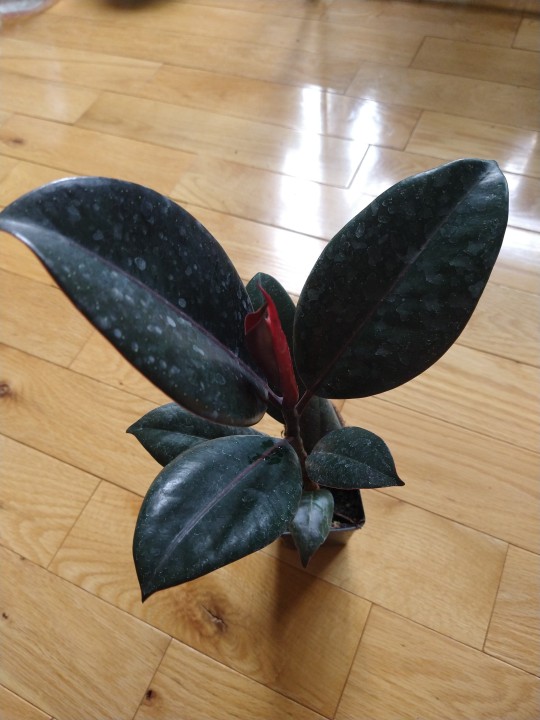
Burgundy Rubber Tree; Ficus Elastica Burgundy
#plants#indoor plants#plantblr#houseplants#this is a plant tumblr now#Burgundy Rubber Tree#Ficus Elastica Burgundy#ficus#ficus elastica#Rubber Tree
10 notes
·
View notes
Text

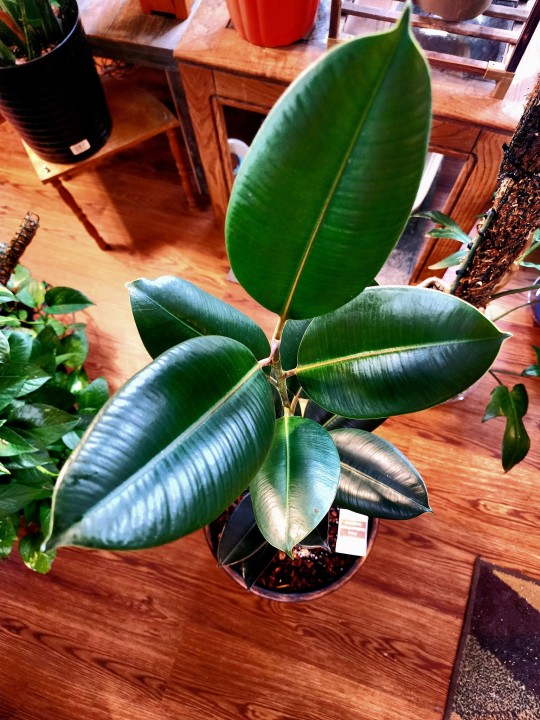
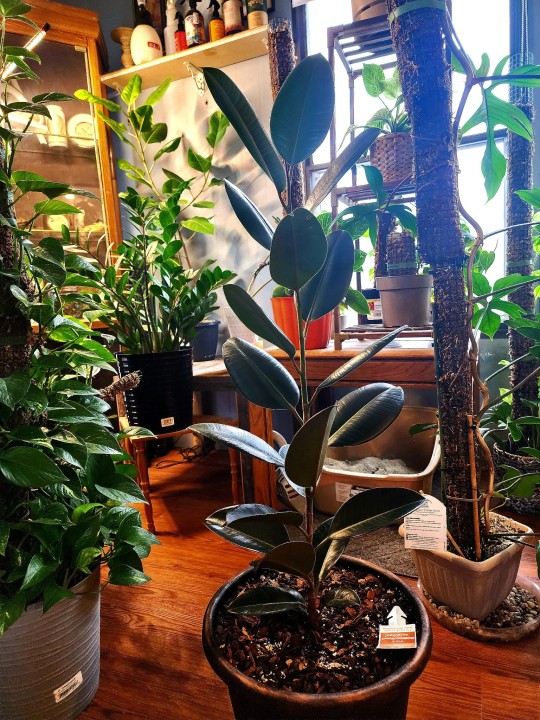
Burgundy Rubber <Ficus Elastica>
#houseplants#indoor plants#nature#tropical plants#foliage#plants#potted plants#ficus elastica#ficusfamily#ficus tree
3 notes
·
View notes
Text
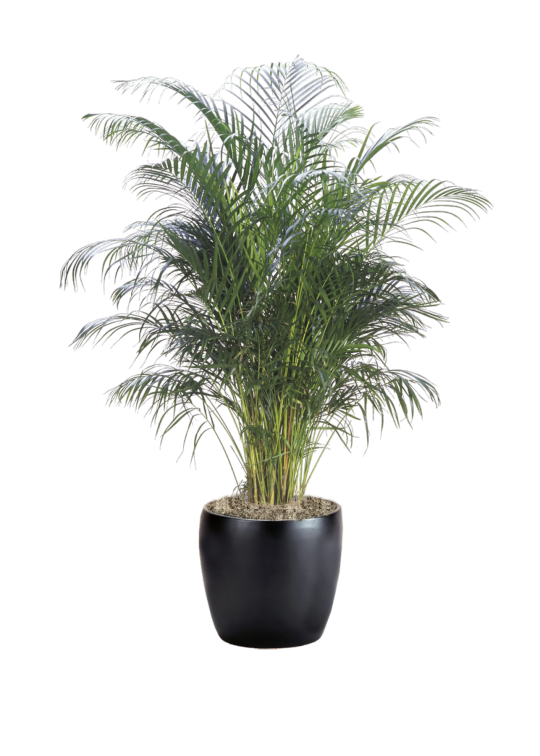
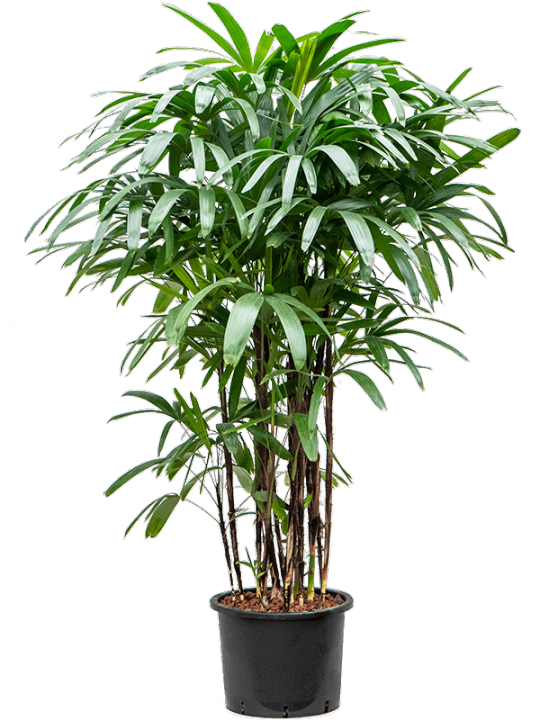
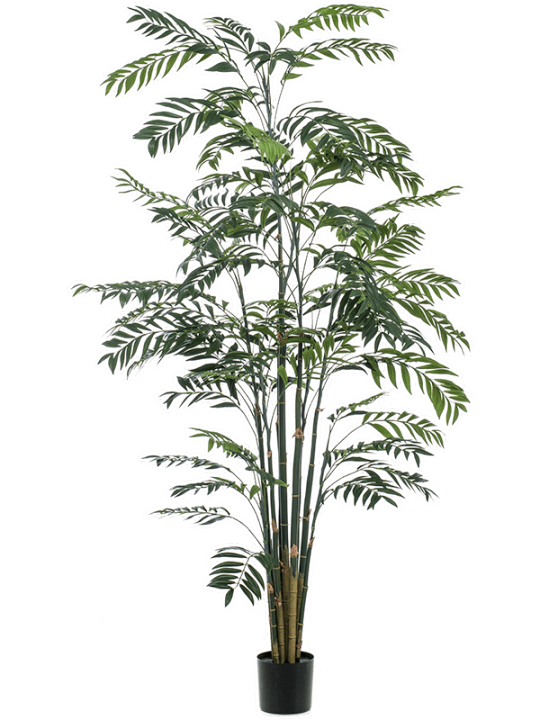




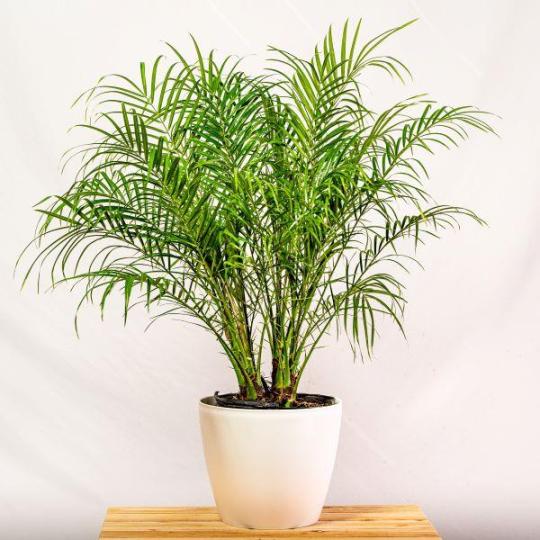
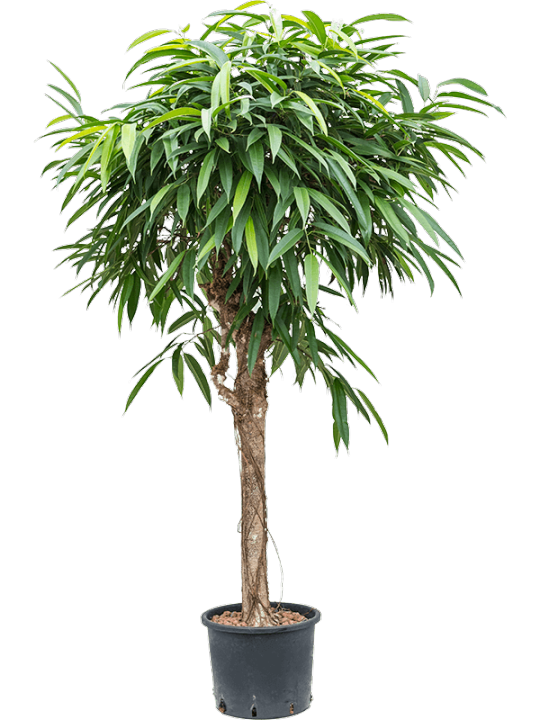
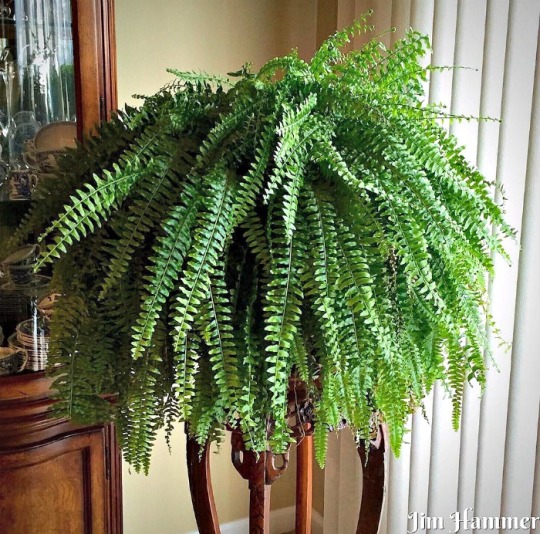
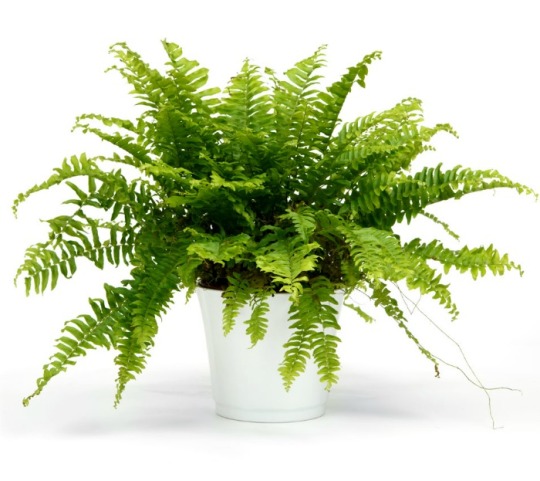

Areca Palm ranked as the top air purifying plant. This plant, dubbed “the most efficient air humidifier”, can literally replace the need for electric humidifiers altogether. It has been proven to keep the home or office moist even during dry times and continuously removes chemical toxins from the air. Lady Palm achieved the same high score for its humidifying and air cleaning effectiveness, as well as being resistant to most types of plant insects. Rhapis excelsa (Lady Palm) Bamboo Palm scored just a notch below the two top air purifying palms. The Bamboo palm thrives when kept moist (but not wet) in indirect sunlight. Rubber Plant was fourth on NASA’s scoring scale. This plant particularly excels at removing formaldehyde and requires less light than its counterparts. (Note: Rubber plant leaves can be toxic if ingested by pets or children) Ficus burgundy or Rubber Plant Dracaena also called “Janet Craig” will start purifying the air as soon as it is brought into a room. Dracaena fragrans Dragon Tree English Ivy has been called “a fix for allergies“. It has been acclaimed for eliminating 60% of airborne mold in a room in just 6 hours. Allergy and asthma suffers would do well to give English ivy a try! Date Palm Tree, while not as effective as its other palm cousins, is still very effective in lowering the concentration of chemical toxins floating around in the air. Ficus Alii is not as potent in its toxin-removing prowess, but still came in 8th on NASA’s list of air cleaners. Boston Fern has been called the “most efficient filtering plant” for its time-tested ability to expel mold and toxins from indoor air. The Boston fern is considered one of the lucky plants. It is thought to purify the air and this helps to create a sense of positivity in any room. https://thegardeningcook.com/care-of-boston-fern/ Peace Lilly rounds out NASA’s list. Keep this beautiful indoor air toxin killer healthy with plenty of water and modest amount of sunlight.
youtube
12 NASA recommended air-purifying plants that you must have in your house
2 notes
·
View notes
Text
Ficus Burgundy care provides for a very attractive indoor plant. Indeed it has glossy looking leaves which range from burgundy red to an almost black colour.
4 notes
·
View notes
Text
Y’all. When I tell you I was LITCHERALLY using a hatchet to break up the soil??? I’m not even kidding.
Also we’ve got like a 100 year old tree in front of this house so there’s roots EVERYWHERE and they make it impossible to just dig holes with only a shovel…
We were using the weird combination of a shovel, a pitchfork, a hatchet, a trowel, and COPIOUS amounts of water to try to loosen the dirt for making these holes to plant my Rubber Tree (Ficus Elastica, burgundy) cuttings, and we weren’t even able to get it all done by nightfall, so I’m going to wake up at 6am and keep choppin’ away at this unyielding dirt
1 note
·
View note
Text
House plant wishlist!

Latin name: Ficus elastica 'Abidjan' Swedish name: Fönsterfikus 'Abidjan'/'Burgundy'/'Black prince' English name: Rubber plant 'Abidjan'/'Burgundy'/'Black prince'
Light placement: Sun, indirect light, partial shade Moisture: Dry slightly Moisture meter: Optimum at 4, water at 3 Poisonous to pets and kids Folklore: See Rubber plant

Latin name: Monstera siltepecana Swedish name: Silvermonstera English name: Silver monstera
Light placement: Indirect light, partial shade Moisture: Dry lightly Moisture meter: Optimum at 4, water at 3 Not poisonous but irritating to pets and kids Folklore: See Monstera

Latin name: Philodendron brandtianum Swedish name: Filodendron brandtianum? English name: Philodendron brandtianum?
Light placement: Partial shade, shade Moisture: Moist Moisture meter: Optimum at 4, water at 3 Poisonous to pets and kids Folklore: See Philodendron

Latin name: Epipremnum amplissimum 'Silver stripe' Swedish name: Gullranka 'Silver stripe' English name: Pothos 'Silver stripe'
Light placement: Indirect light, partial shade Moisture: Dry lightly Moisture meter: Optimum at 4, water at 3 Not poisonous but irritating to pets and kids Folklore: See Pothos
#plantlore#plant parent#plantblr#plant wishlist#ficus elastica abidjan#rubber plant#fönsterfikus#monstera siltepecana#silvermonstera#silver monstera#philodendron brandtianum#filodendron brandtianum#epipremnum amplissimum silver stripe#gullranka#pothos#ficus elastica#epipremnum amplissimum
0 notes
Text
The Rubber Plant: A Guide to Cultivating This Elegant Houseplant
If you’re looking to add a touch of greenery to your home or office, the rubber plant (Ficus elastica) is an excellent choice. Known for its glossy, bold leaves and low maintenance requirements, this plant is both a stylish and practical addition to any indoor space. In this guide, we’ll explore everything you need to know about the rubber plant, from its origins and benefits to care tips and potential issues.
Origins and Characteristics
The rubber plant hails from the tropical regions of Southeast Asia, where it thrives in the humid, lush environments of India, Nepal, and Malaysia. Its name, Ficus elastica, derives from its latex-producing capabilities, which historically were tapped for rubber production. While it’s not commonly used for that purpose today, the rubber plant still retains a significant place in both horticulture and interior design.
This evergreen plant can grow quite tall in its natural habitat, reaching up to 100 feet. However, when grown indoors, it typically remains between 4 and 10 feet. Its large, leathery leaves are deep green, although some varieties exhibit stunning hues of burgundy, white, or even pink. The plant’s robust nature makes it an ideal choice for those who might not have a green thumb but still want to enjoy the benefits of indoor gardening.
Benefits of Having a Rubber Plant
Air Purification: One of the most attractive features of the rubber plant is its ability to improve indoor air quality. It can help remove toxins such as formaldehyde, which is commonly found in many household products and materials. By absorbing these pollutants, the rubber plant contributes to a healthier indoor environment.
2.Low Maintenance: Rubber plants are renowned for their resilience. They are tolerant of a range of indoor conditions and can survive with minimal attention. This makes them perfect for busy individuals or those new to plant care.
3.Aesthetic Appeal: With its striking foliage and elegant stature, the rubber plant can enhance the visual appeal of any room. Its glossy leaves catch the light beautifully, adding a touch of sophistication and vibrancy to your space.
How to Care for Your Rubber Plant
Despite its reputation for being low-maintenance, the rubber plant does benefit from some basic care to thrive.
Light: Rubber plants prefer bright, indirect light. While they can tolerate lower light conditions, they may not grow as vigorously or develop their characteristic glossy leaves. A spot near a window with filtered sunlight is ideal. Avoid placing them in direct sunlight, as this can scorch the leaves.
2.Watering: The rubber plant is relatively drought-tolerant, so it’s important not to overwater. Allow the top inch of soil to dry out between waterings. During the winter months, you can reduce watering frequency, as the plant’s growth slows down.
3.Soil: Use a well-draining potting mix to prevent waterlogging, which can lead to root rot. A general-purpose houseplant soil or a mix of peat, pine bark, and perlite works well.
4.Humidity and Temperature: Rubber plants thrive in average room humidity and temperatures ranging from 60–75°F (15–24°C). They can tolerate lower humidity but may benefit from occasional misting or a pebble tray to maintain moisture levels.
5.Fertilizing: Feed your rubber plant with a balanced, water-soluble fertilizer during the growing season (spring and summer). Reducing or halting fertilization during the fall and winter months aligns with the plant’s natural rest period.
6.Pruning: Prune your rubber plant to maintain its shape and encourage bushier growth. Remove any dead or yellowing leaves, and trim back overly long stems to promote a fuller appearance.
Common Issues and Solutions
Leaf Drop: If your rubber plant starts shedding leaves, it could be a sign of overwatering or underwatering. Check the soil moisture and adjust your watering routine accordingly.
2.Brown Leaf Edges: Brown edges on leaves often indicate low humidity or inconsistent watering. Increase humidity around the plant and ensure a regular watering schedule.
Pests: Rubber plants can occasionally attract pests like spider mites or mealybugs. Regularly inspect your plant and treat any infestations with insecticidal soap or neem oil.
Conclusion
The rubber plant is a fantastic choice for anyone looking to enrich their living space with greenery. Its striking appearance, combined with its air-purifying qualities and minimal care requirements, make it a perfect addition to any home or office. By understanding and meeting its basic needs, you can enjoy a vibrant and healthy rubber plant that adds beauty and benefits to your environment for years to come. Whether you’re a seasoned plant enthusiast or a beginner, the rubber plant is sure to be a rewarding companion in your indoor garden.
0 notes
Text
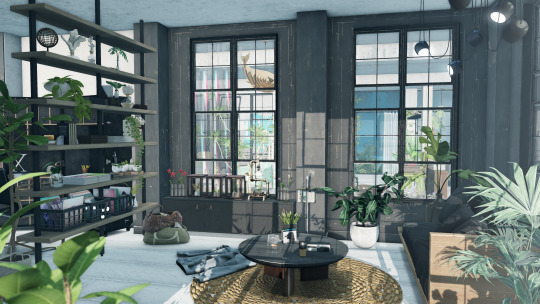
[ SQUARE ] : NEXA pandent Black [North Oak] : Muir Outdoor Couch (natural) [North Oak] : Riku Coffee Table Pitaya : Bohemian Desert - Rug natural Black . Sand : Jason Leather Jacket White II
dust bunny . : potted rubber tree dust bunny . paradise plants . fan palm NOMAD : Monstera Plant tarte. : fiddle leaf fig
Midwest : Formula - Silver (:ERG:) : Plant Growing Kit -Echeveria v1.0 NOMAD : Test Tube Orchid Pink NOMAD : Test Tube Orchid Red NOMAD : Ocimum Basilicum NOMAD : Phalaenopsis NOMAD : Ailanthus Altissima -David Heather- : Duffle Pile
KraftWork : Belltown Office . Bookshelf Oak Magazine Pile Green Pears Magazine Pile Travel Magazine Pile Architecture Magazine File Leather Travel Books Art Books Literature Book Row Leather Box Fabric Box Metal Globe Decor
e.marie : record crates ionic : Small Plants Ariskea : [Millie] Anthurium Round vase Mithral : * Full Hoya Fitchii (Pack A) Mithral : * Full Hoya Serpens (Pack A) {vespertine} : propagation bottle / fern. {vespertine} : propagation bottle / monstera. {vespertine} : propagation bottle / ficus. {vespertine} : sea side coral trinket bottles

dust bunny . : plantaholic cart . decor Mithral : * Wall Mounted Moon Planters (White) Mithral : * Drupacea Terrarium (Light Wood) Fancy Decor : Handerson Table tarte. : snake plant
Black . Sand : Hall Tree Jason Closet B floorplan. : haunted piano RARE [c/nt] floorplan. triple print / foam Oh Deer! : Ye olde: Frames
Midwest : 6AM - Coffee Midwest : 6AM - Magazine Midwest - 6AM - Books+Phone Midwest : Ocio - Vase
Schadenfreude : Fishie in Glass Milk Carton
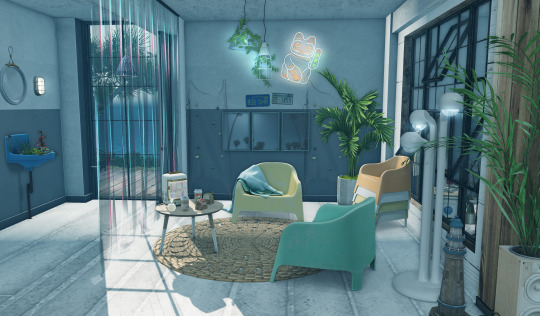
Nutmeg. : Summer Backyard Chair w/Throw Nutmeg. : Summer Backyard Chair PG Nutmeg. : Summer Backyard Stacked Chairs Fancy Decor : Dipped Side Table dust bunny . : popsicle mini fridge . white andika : {Wherever you want to go}Set Pitaya : Bohemian Desert - Rug light Mithral : * Wide Hoya Pendant Lamp (Silver) Mithral : * Narrow Hoya Pendant Lamp (White)
NOMAD : Vinyl Curtain A // Stereoscopic KraftWork : Seaside Shed . Fishing Net with Seashells floorplan. : triple print / palms {vespertine} : -maneki neko neon sign/wall ver./tex change [Con.] : The Plate Collection - Washington [Con.] : The Plate Collection - California KAZZA : LittleDwellingPlantPot3 - pot Midwest : Drip - Floor Lamp White KraftWork : Seaside Shed . Mini Lighthouse
Tatty Soup : The Rusty Sink. [Fetch] : Ameri Mirror TBF : Bulkhead Light

Nutmeg. : Summer Backyard Lemon Tree dust bunny . : retro planters . speaker palm . white DIORA : Curtain Sheer2S Open/Closed
Apple Fall : Blossom Moldings Apple Fall : Blossom Crate & Paint Supplies Apple Fall : Blossom Paint Tin & Books Apple Fall : Blossom Painters' Ladder Apple Fall : Painters' Chair - LE Oak Apple Fall : Female Bust w/ Cloth - LE Paint Splatters
Nutmeg. : Cafe Entrance Chair Nutmeg. : Rosy Office Corner Wire Basket
Atelier Burgundy : Unfinished Wall & Frame Atelier Burgundy : Wall Painter Set Newspapers Floor covering Paint Bucket Ladder (small) Wall Paint Alpha Tintable Table

[Merak] : Sophia Sofa - PG [North Oak] : Eimi Side Table Nutmeg. : Cafe Entrance Newspaper Petite Mort : Elba Fluffy Cream Rug Concept} : 05. SATURDAYS. RATTAN LAMP A 7 : William Weston III GOLD (More human than dog) 7 : Pussy Power Mask (wall decor) dust bunny . : potted sago palm KAZZA : LittleDwellingPlantPot - pot
AB + Pitaya : Cozy Greenhouse . Sideboard (closed) Mithral : * Hoya Lacunosa Laos Speaker Fat Pack Fancy Decor : LoFi Cassette Stereo (white & silver) Fancy Decor : LoFi Cassette Tapes Fancy Decor : Silva Basket of Books Fancy Decor : Silva Binoculars
KraftWork : Austin Shelving . Bookcase KraftWork : Austin Shelving . Falling Leaves Vase Lush Green Ariskea : [February] Pottery Pot [Green] dust bunny . : giant palm plant CHAI. : Clarity Radio Oolong (fd) : Cat - 01 Standing (fd) : Cat - 02 Sleeping Curled
Soy. : House Plants Set #3 [Potted Dracaena-A] [Kres] : Critter Clocks - Kitty v1 FINCA : Wooden whale lamp nature
Scarlet Creative : Xander Skybox - Ground Version
8月の家 3 今回も結構家自体を窓やガラスドアを増やして開放感を作りつつ、家の中は区切ってみたりしました。広々としていたので難しかったけど楽しかったです🏚 Tumblr : https://t.co/JzerpbdE7T pic.twitter.com/OIQ4dfZdpx
— Ton (@Ton_Thumper) September 22, 2023
0 notes
Text
plant update:
my bonsai is THRIVING, i've really gotten to know how much water it likes etc and it loves it's humidity tray
my brother gave me a ficus elastica burgundy for my bday!!! i'm really excited to get to know this plant
so i have this one pothos... it's a jade, and it's a propagation. it does not want to live i don't think... it's leaves turn yellow and fall off almost as quickly as they grow and it does not matter if i don't water it or if i am watering it..... there's no root rot, pests, or fungus that i can notice... idk what to do with it.....
i put my ponytail palm outside this summer as it was getting a little... sad. but it's perked up a bunch since!! lots of new growth
my asparagus fern isn't growing this summer???? it's not dying or anything but it's just, not doing much... it did bloom though! so that's something... i think it's completely root bound though, and needs to be split... the pot it's in looks like it's about to burst
1 note
·
View note
Text
Just a lil planty vibe ✨️
Philo. Prince of Orange 🍊
Marble Queen Pothos 👸
Philo. Glorious 🌟
Philo. Silver Sword 🗡
Alocasia Polly 👽
Golden Pothos 💛
Monstera Deliciosa 💚
Ficus Altissima 🌳
Ficus Elastica - Burgundy Rubber ❤️
Fiddle Leaf Fig 🎻
Ficus Microcarpa <bonsai> 🤭
Dracaena Marginata Tricolor 🐉
Philo. Micans 🍷
0 notes
Photo
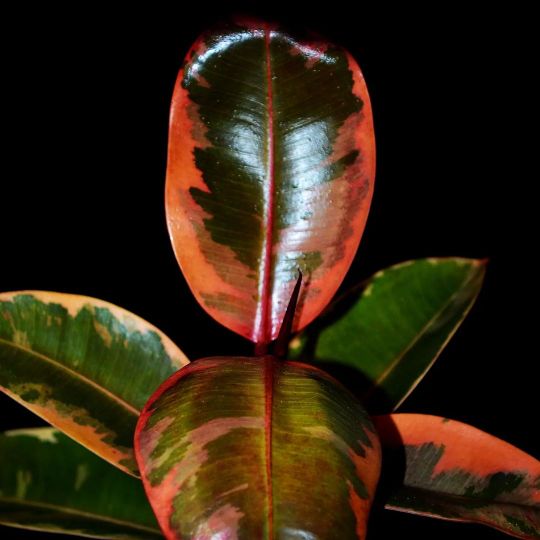
A beautiful twist on the popular Rubber Fig is the cultivar 𝘍𝘪𝘤𝘶𝘴 𝘦𝘭𝘢𝘴𝘵𝘪𝘤𝘢 '𝘙𝘶𝘣𝘺'. Normal Rubber Figs have deep green leaves with a hint of burgundy. '𝘙𝘶𝘣𝘺' has leaves streaked with creamy variegations, and new foliage is tinted reddish pink. 𝘍𝘪𝘤𝘶𝘴 𝘦𝘭𝘢𝘴𝘵𝘪𝘤𝘢 is native to southeast Asia where it is found in wet tropical forests. It thrives in warm, humid conditions with bright indirect light and well-draining soil. #plants #plantstagram #plantsofinstagram #plantsmakemehappy #plantsmakepeoplehappy #houseplants #houseplantsofinstagram #houseplantcommunity #houseplantclub #indoorjungle #urbanjungle #urbanjunglebloggers #plantsplantsplants #plantlover #plantaddict #livingwithplants #garden #gardening #indoorgarden #tropicalplants #foliage #botanical #plantcommunity #ficusofinstagram #ficus #ficuselasticaruby #rubberplant https://www.instagram.com/p/CooF9w4MTIM/?igshid=NGJjMDIxMWI=
#plants#plantstagram#plantsofinstagram#plantsmakemehappy#plantsmakepeoplehappy#houseplants#houseplantsofinstagram#houseplantcommunity#houseplantclub#indoorjungle#urbanjungle#urbanjunglebloggers#plantsplantsplants#plantlover#plantaddict#livingwithplants#garden#gardening#indoorgarden#tropicalplants#foliage#botanical#plantcommunity#ficusofinstagram#ficus#ficuselasticaruby#rubberplant
1 note
·
View note
Text


02/11/21. Starting to grow again.
#mine#house plants#plantblr#bird of paradise#plants#ficus burgundy#houseplants#monstera#pothos#spider plant#pygmy palm
42 notes
·
View notes